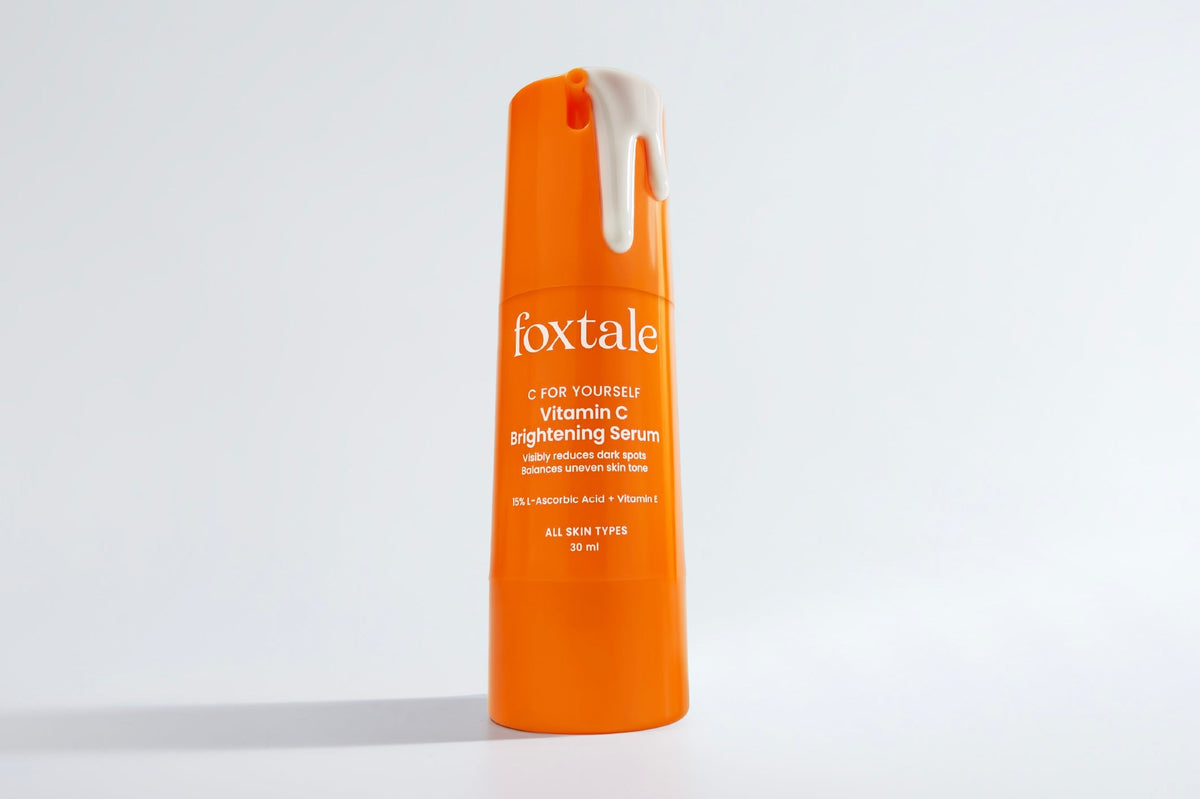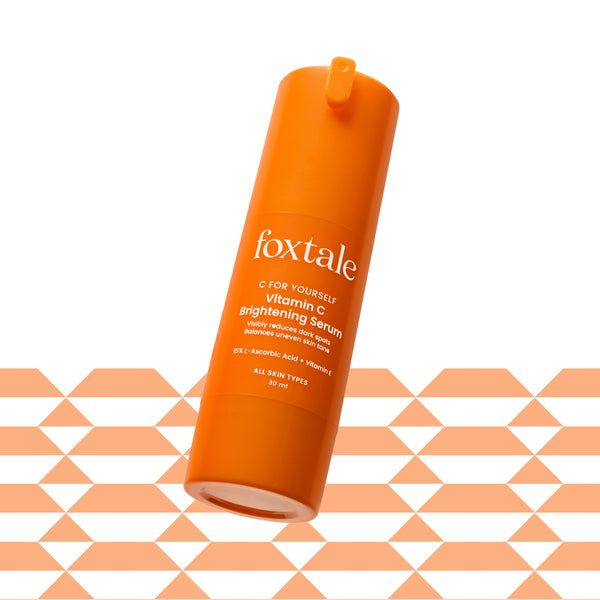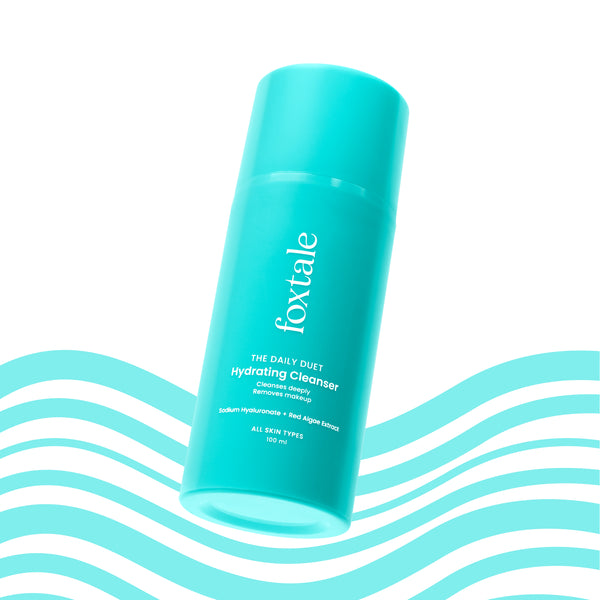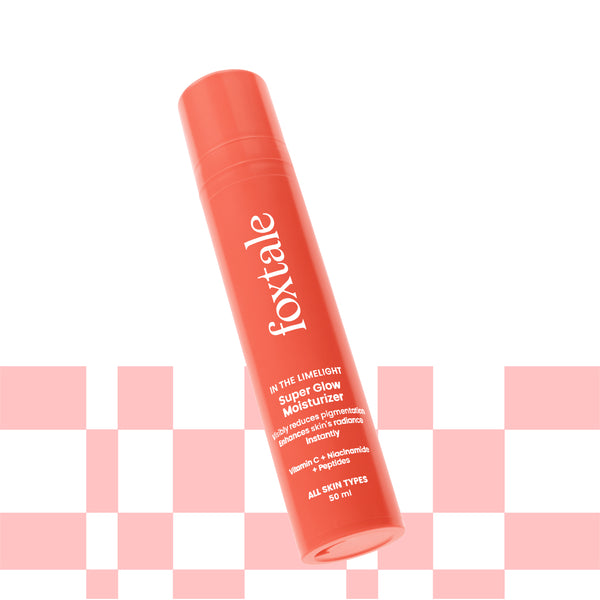
If you’ve ever picked up a Vitamin C serum expecting glow and clarity, only to be let down—or worse, irritated—you’re not alone. Choosing the right one takes more than reading a label. The real difference lies in what form of Vitamin C it uses, how it’s stored, what it’s paired with, and how consistently you use it.
Let’s break down exactly what to look for, how to apply it the right way, and how to keep it effective.
How to Choose Vitamin C Serum That Actually Works
The skincare aisle is full of products claiming results. But when it comes to Vitamin C, only a handful of formulations are actually built to deliver them.
Start With the Right Type of Vitamin C
If a serum doesn’t list L-Ascorbic Acid (the pure form of Vitamin C), check what it uses instead. Some brands rely on derivatives like Sodium Ascorbyl Phosphate or Magnesium Ascorbyl Phosphate. These are more stable, but they don’t always deliver the same visible changes—especially when targeting pigmentation or uneven skin tone.
L-Ascorbic Acid in the 10–20% range is ideal. Lower than that, and it may not be strong enough to brighten effectively.
Look at the pH and Packaging
For L-Ascorbic Acid to sink into your skin, the serum needs a low pH—around 3.5 or less. A higher pH can slow down or block absorption altogether.
Packaging also matters. If a serum comes in a clear bottle or dropper-style lid, it may not stay fresh for long. Vitamin C breaks down quickly when exposed to light or air. Dark glass bottles or airless pumps are designed to slow that process and protect potency.
Watch for Key Supporting Ingredients
On its own, Vitamin C is effective. But when it’s formulated with the right partners, the results can be faster and more stable.
1. Ferulic Acid helps stabilize L-Ascorbic Acid and increases its shelf life.
2. Vitamin E improves absorption and enhances antioxidant protection.
3. Niacinamide supports tone correction and strengthens the skin barrier without triggering irritation.
A serum that includes one or more of these often performs better. A Vitamin C Serum, for example, that contains 15% L-Ascorbic Acid with emollients and antioxidants designed to reduce pigmentation is best.
How to Apply Vitamin C Serum on Face for Maximum Benefits
Getting your serum to work doesn’t stop at buying the right one. How you apply it also makes a difference.
Follow the Right Routine
Here’s what your application should look like:
1. Start with a gentle cleanser to remove oil and debris. If you're looking for one that won’t strip your skin, a hydrating cleanser is a solid pick.
2. Leave your skin slightly damp—this helps the serum absorb better.
3. Apply 2–3 drops of serum to your face and press it in with clean fingers.
4. Follow up with a moisturizer to support hydration and protect your barrier. A glow moisturizer works well here.
If you’re using it in the morning, finish with broad-spectrum SPF.
How Long Should I Use Vitamin C Serum to See Results?
Results vary depending on your skin’s condition, the strength of the product, and your consistency.
What You Can Expect (And When)
Most people start seeing a brighter tone within 5 to 10 days of using a well-formulated serum. Foxtale users, for instance, report glow and clarity improvements as early as day five.
For concerns like hyperpigmentation, sunspots, or fine lines, give it more time. Typically, visible improvement happens around the 6–8 week mark with consistent use.
How to Preserve Vitamin C Serum and Prevent Oxidation
If you’ve ever noticed your serum changing colour or smelling different after a few weeks, you’ve seen oxidation in action. Here’s how to avoid that.
Smart Storage Makes a Difference
To keep your serum active for as long as possible:
1. Store it in a cool, dry drawer—away from windows, mirrors, and heat.
2. Avoid the bathroom shelf. Moisture and temperature changes speed up breakdown.
3. Keep the bottle tightly closed. Oxygen is what starts the oxidation process.
If you're traveling, wrap the bottle in a pouch or tissue, keep it sealed, and avoid exposing it to heat or sunlight. The goal is to keep it cool, dark, and airtight.
Final Thoughts on Choosing the Right Vitamin C Serum
Finding the right serum starts with understanding what to look for. Stick to stable forms like L-Ascorbic Acid, check for smart packaging, and look for supporting ingredients like Ferulic Acid or Niacinamide.
Then, apply it with a clean routine. Stay consistent. Store it carefully.
To understand more about what Vitamin C can do for your skin, check out this breakdown on Vitamin C serum benefits.
FAQs
Can I use Vitamin C serum with other actives like Retinol?
Yes, but don’t layer them in the same routine unless your skin can tolerate it. Use Vitamin C in the morning and Retinol at night. If your skin is new to either, start slow and build tolerance over time.
How should I preserve Vitamin C serum while traveling?
Keep it sealed in a pouch or bag, away from direct light. Store it in your carry-on if possible—this helps avoid temperature swings in checked luggage.
How long should I use Vitamin C serum for hyperpigmentation?
Stick with it for at least 6 to 8 weeks. Pigmentation fades slowly, and consistency is key. Combine it with daily SPF to prevent new spots from forming.
What’s the best way to apply Vitamin C serum on face?
Apply it on freshly cleansed, slightly damp skin. Use 2–3 drops, press it in gently, then follow with moisturizer. In the morning, finish with sunscreen. Let each layer absorb before moving to the next.






